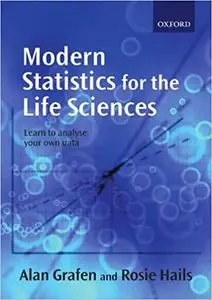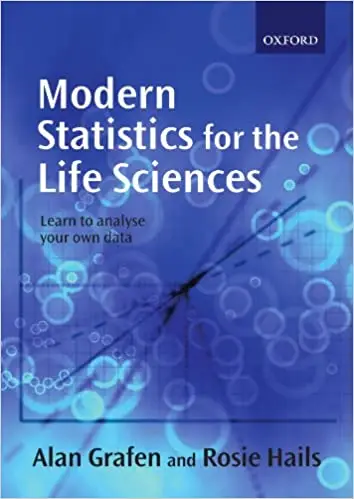Alan Grafen, Rosie Hails, "Modern Statistics for the Life Sciences"
English | 2002 | ISBN: 0199252319 | PDF | pages: 368 | 3.7 mb
English | 2002 | ISBN: 0199252319 | PDF | pages: 368 | 3.7 mb
Model formulae represent a powerful methodology for describing, discussing, understanding, and performing the component of statistical tests known as linear statistics. It was developed for professional statisticians in the 1960s and has become increasingly available as the use of computers has grown and software has advanced. Modern Statistics for Life Scientists puts this methodology firmly within the grasp of undergraduates for the first time. The authors assume a basic knowledge of statistics–up to and including one and two sample t-tests and their non-parametric equivalents. They provide the conceptual framework needed to understand what the method does–but without mathematical proofs–and introduce the ideas in a simple and steady progression with worked examples and exercises at every stage.
This innovative text offers students a single conceptual framework for a wide range of tests-including t-tests, oneway and multiway analysis of variance, linear and polynomial regressions, and analysis of covariance-that are usually introduced separately. More importantly, it gives students a language in which they can frame questions and communicate with the computers that perform the analyses. A companion website, www.oup.com/grafenhails, provides a wealth of worked exercises in the three statistical languages; Minitab, SAS, and SPSS. Appropriate for use in statistics courses at undergraduate and graduate levels, Modern Statistics for the Life Sciences is also a helpful resource for students in non-mathematics-based disciplines using statistics, such as geography, psychology, epidemiology, and ecology.



